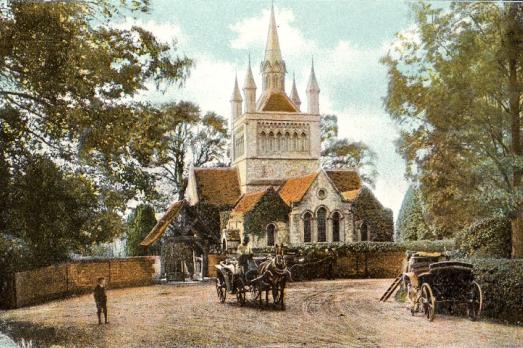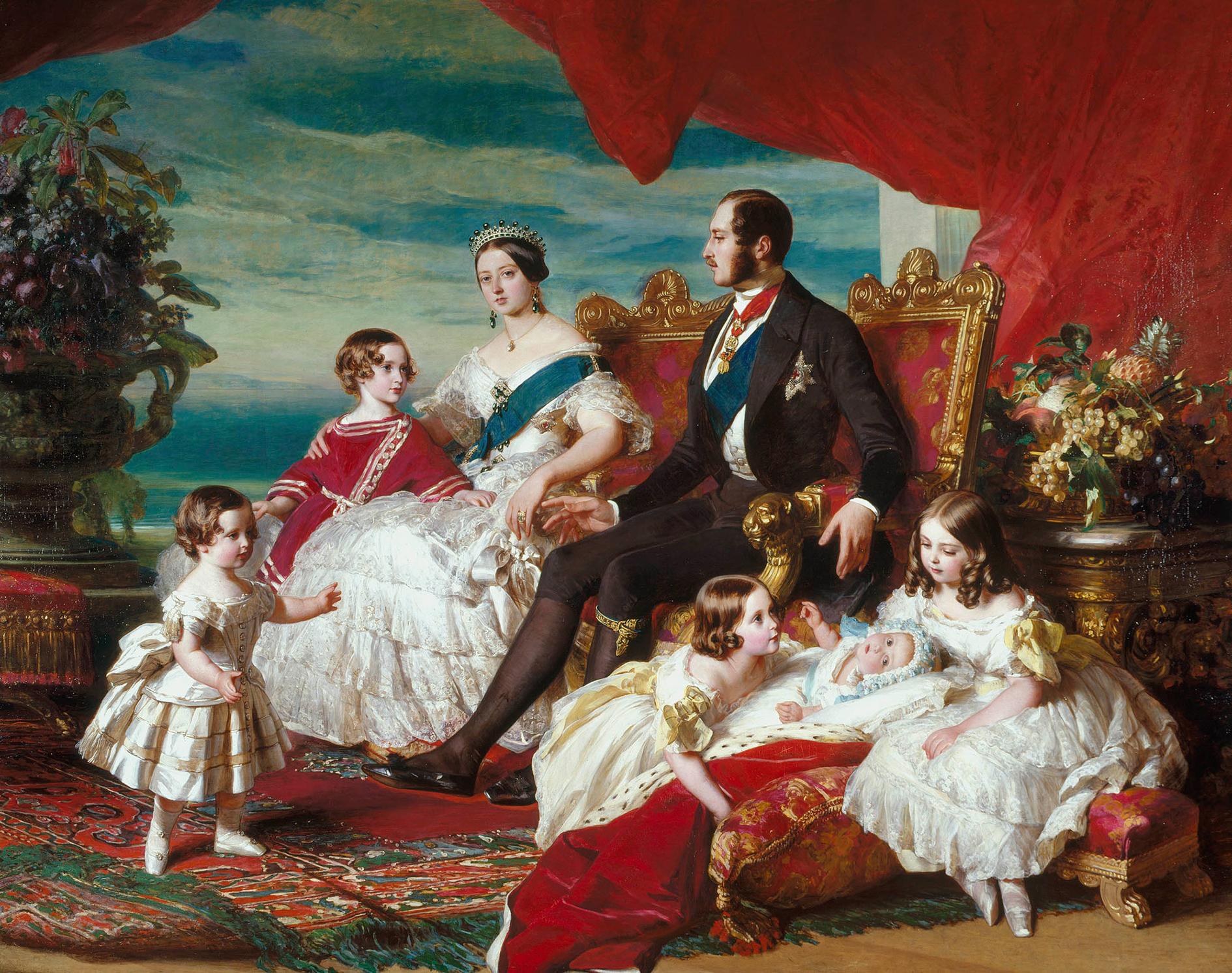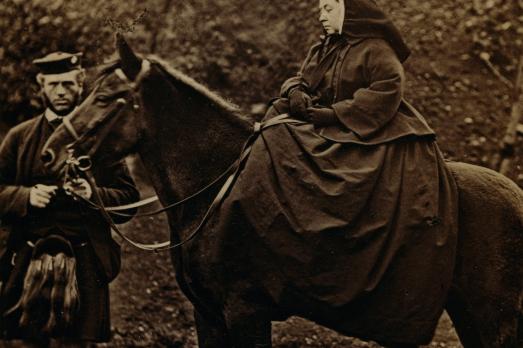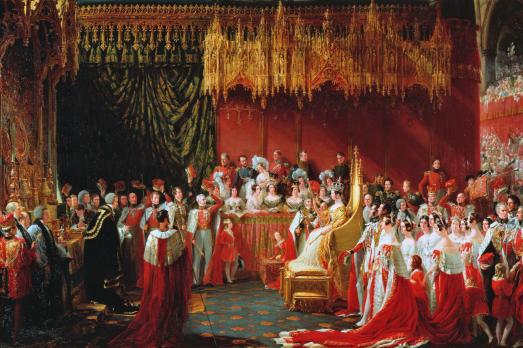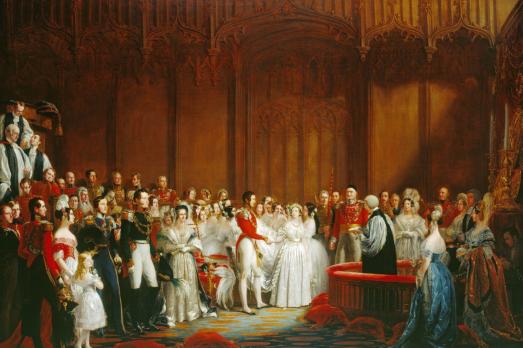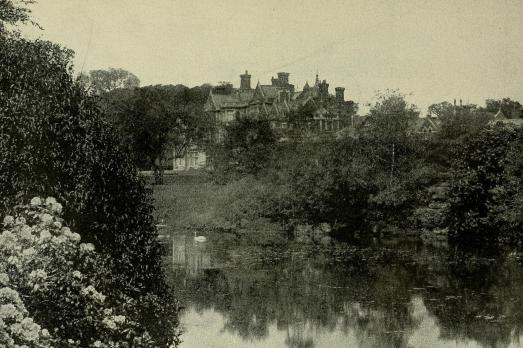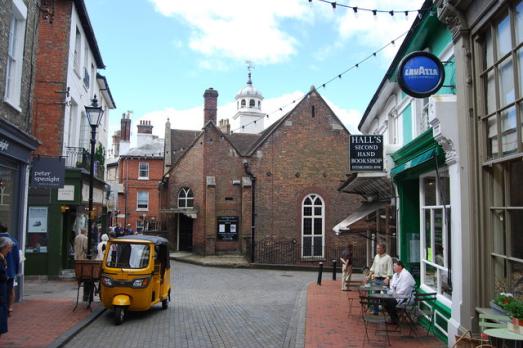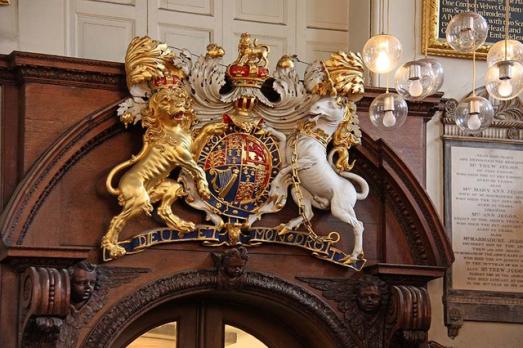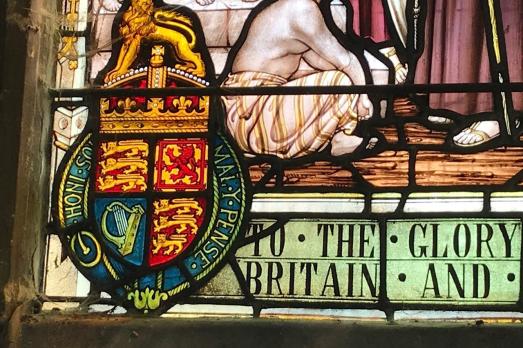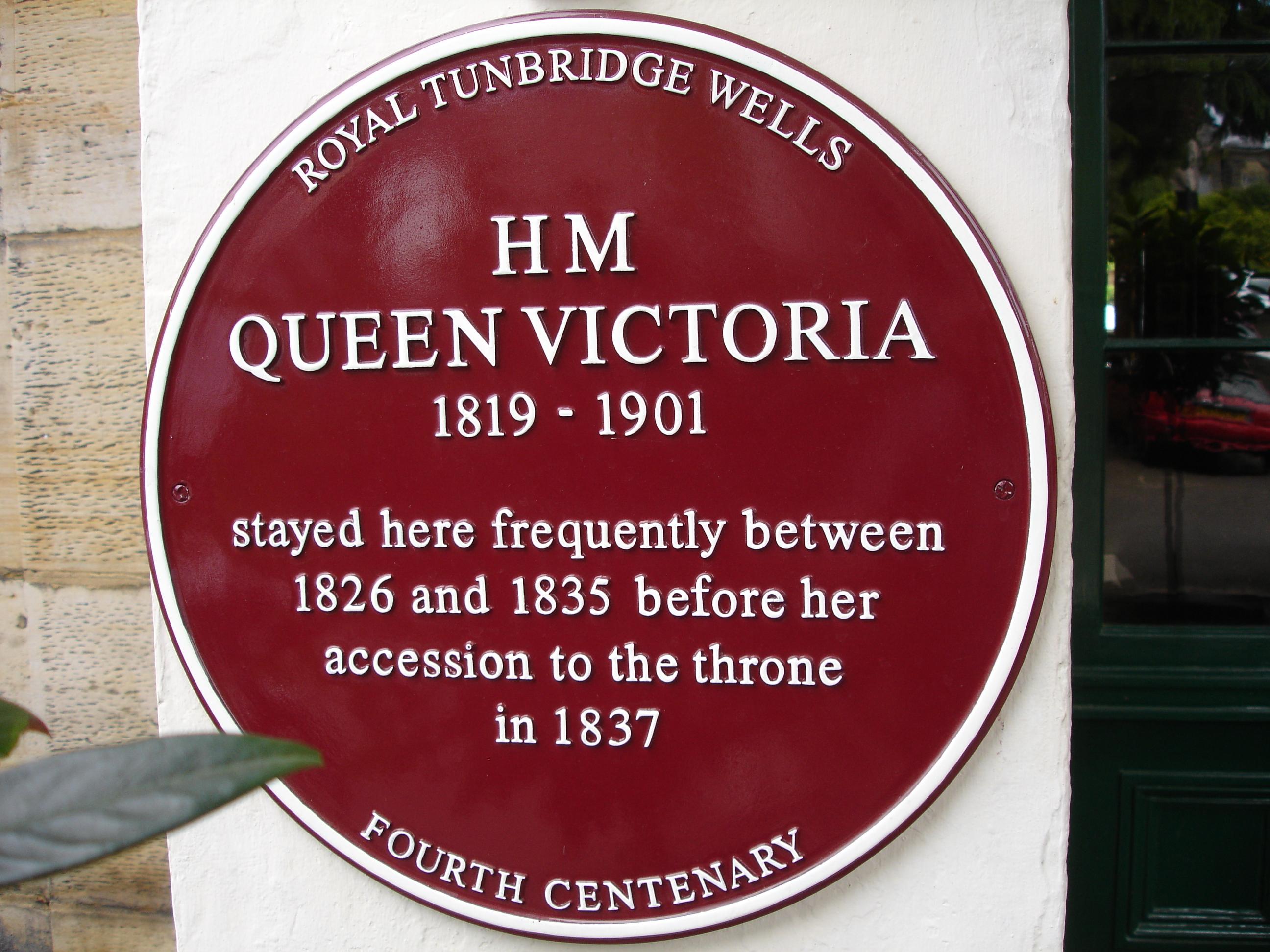Queen Victoria, one of history’s most celebrated monarchs, reigned as Queen of the United Kingdom of Great Britain and Ireland for 63 years (1837-1901).
Warm hearted and lively, Victoria had a gift for drawing and painting; educated by a governess at home, she was a natural diarist and kept a regular journal throughout her life. On William IV's death in 1837, she became Queen at the age of 18.
Queen Victoria is associated with Britain's great age of industrial expansion, economic progress and, especially, empire. At her death, it was said, Britain had a worldwide empire on which the sun never set.
Her marriage to Prince Albert produced nine children between 1840 and 1857. Most of her children married into other Royal families of Europe.
Victoria and her family travelled and were seen on an unprecedented scale, thanks to transport improvements and other technical changes such as the spread of newspapers and the invention of photography. Victoria was the first reigning monarch to use trains, she made her first train journey in 1842.
Victoria died at Osborne House on the Isle of Wight, on 22 January 1901 after a reign which lasted almost 64 years, then the longest in British history.
